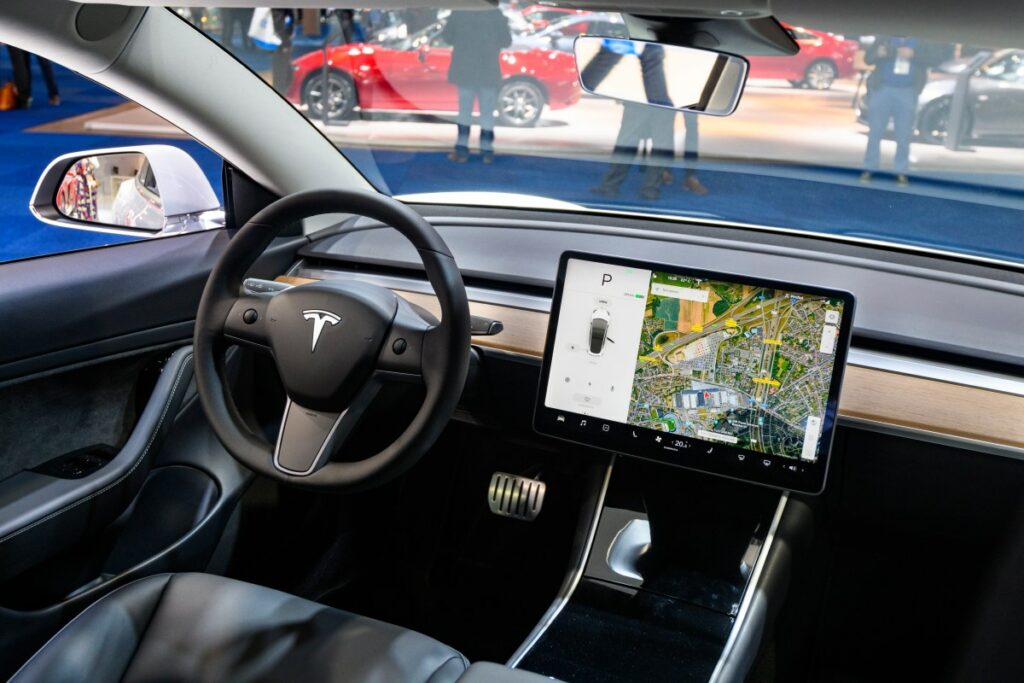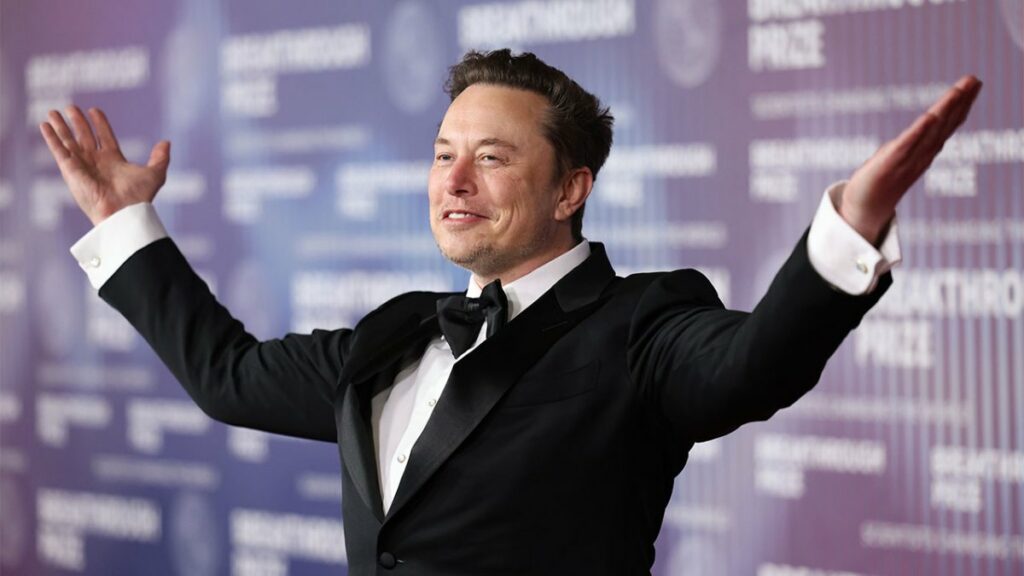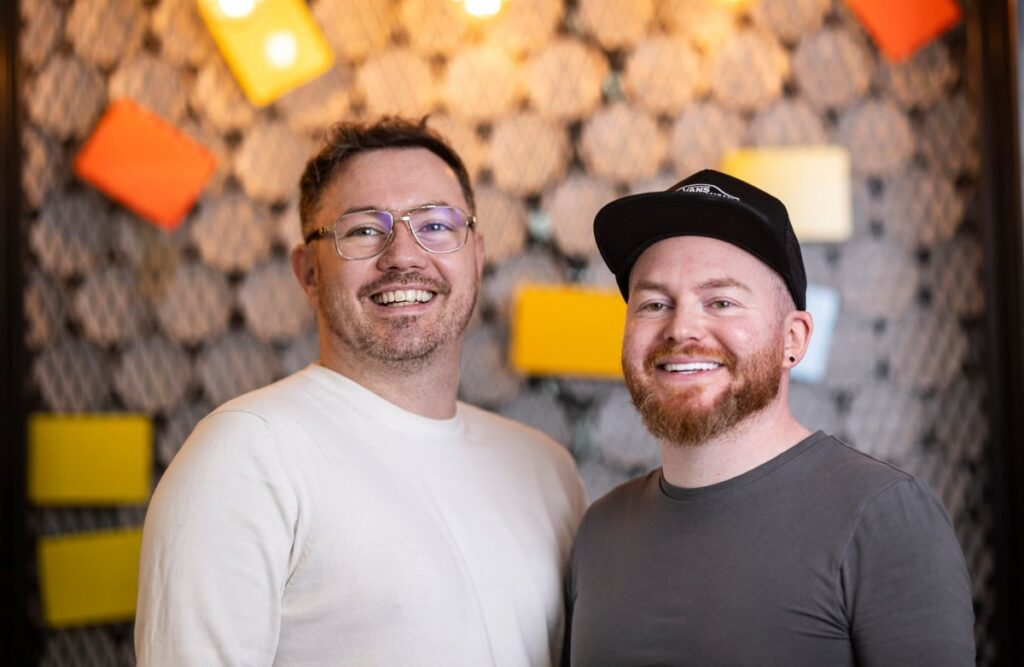During Tesla’s much-hyped robotaxi reveal event last week, CEO Elon Musk said he expects Tesla to release an “unsupervised” version of FSD, the automaker’s advanced driver assistance system, in Texas and California in 2025 on certain Model 3 and Model Y vehicles.
He also said Tesla would begin production on its robotaxis – which are built without a steering wheel or pedals – by 2026 or 2027.
While we’re skeptical about Musk’s ability to stick to a timeline, the rollout of both unsupervised FSD and robotaxis built without human controls brings up regulatory concerns.
Let’s break this down, shall we?
What does ‘unsupervised FSD’ even mean?
FSD stands for “Full Self-Driving,” but the technology is not yet capable of full autonomy. However, it can perform certain automated driving tasks in cities and on highways. After being accused of false advertising for the misnomer, the company changed the branding of FSD from “FSD Beta” to “FSD Supervised” in April. This name change more accurately reflects the fact that a human driver still must remain attentive behind the wheel and take over if needed.
We think “unsupervised FSD” can mean one of two things: Either a completely driverless Level 4 system, or a “hands-off, eyes-off” Level 3 system like Mercedes’s Drive Pilot or the one that General Motors is working on. (Level 4 is fully autonomous under predefined conditions, while Level 3 means a human driver must occasionally take over if the system requests it.)
What are the regulatory implications of unsupervised FSD?

Tesla said it plans to launch an unsupervised version of its expensive software in California and Texas next year. Musk didn’t say whether this would just be an over-the-air update, or if customers will have to shell out extra cash for the more advanced technology.
Either way, Tesla could likely send software updates to Model Ys and Model 3s in Texas, where its headquarters are, next year with little regulatory oversight. Texas’s autonomous vehicle regulations basically allow companies to deploy AVs with or without a human driver present as long as the vehicle can comply with traffic and motor vehicle laws, is equipped with a recording device, is registered, and is covered by motor vehicle liability insurance.
That said, in 2025, the state Legislature might have to weigh in on proposed bills that would require AV companies to notify the Texas Department of Motor Vehicles when human drivers step out, among other measures.
In California, the process is not that simple, as the state’s DMV has several permits.
Tesla, alongside more than 30 other companies, already has a drivered testing permit that allows it to test autonomous technology with a safety driver on public roads. A California DMV spokesperson told TechCrunch that Tesla has held this permit since 2015, and the company last reported using it in 2019.
“Tesla does not have, nor has Tesla applied for, a driverless testing or deployment permit,” Chris Orrock, information officer at the CA DMV, told TechCrunch. “If Tesla plans to expand its permitted test fleet in California, Tesla would be required to identify the vehicles being tested (year, make, model, etc) and apply to add the new vehicles to their permit. They would also need to update the permit with drivers performing the tests.”
A “driverless testing” permit allows companies to test their autonomous vehicles on public roads with no driver in the front seat, and a “deployment permit” allows companies to deploy the vehicles commercially, but only for non-passenger-carrying activities like food delivery.
If “unsupervised FSD” means Tesla plans to release a Level 3 system next year, it would only need to acquire a deployment permit. But if it plans to roll out a Level 4 system like Waymo currently operates in several cities – which industry experts tell TechCrunch is unlikely to happen by next year – then the company would need to apply for both a driverless testing and then a deployment permit.
For Tesla to get into the ride-hail business and charge passengers a fare, it would need to secure another set of permits with the California Public Utilities Commission (CPUC). The agency did not confirm whether or not Tesla has begun the application process.
Mercedes is the only automaker with a permit to operate its Level 3 Drive Pilot system in California, but it’s under strict conditions. Vehicles equipped with the software can drive only freeways and highways (not surface streets) in the San Francisco Bay Area, Los Angeles, Sacramento, and San Diego. They can drive only during the daytime and in sufficient weather conditions – meaning, no flooded highways or snow storms – and at a speed of 40 miles per hour. So basically, they’re going to be most useful when you’re sitting in traffic on the highway and would rather be using that time to check your email or scroll Instagram.
The robotaxi could defy federal safety standards

Then there are Musk’s claims that Tesla will start production of its robotaxi by 2027 at the latest. (Reminder: Musk claimed in 2019 that Tesla would have 1 million robotaxis on roads by 2020, and Musk claimed in 2022 that Tesla would be mass producing the robotaxis by 2024.)
Whether Tesla hits this deadline by 2027 or not, federal motor vehicle safety standards (FMVSS) might hold up any roll out of the vehicles, which are currently envisioned to have no steering wheel or pedals.
If Tesla wants to mass-produce its robotaxis with no traditional driver controls, it needs to obtain an exemption from the FMVSS.
NHTSA confirmed to TechCrunch that Tesla has not applied for any exemptions for its driverless Cybercab.
To date, the National Highway Traffic Safety Administration (NHTSA) has granted only one such exemption to Nuro to produce its R2 low-speed autonomous delivery vehicles, because they are not designed to carry human passengers.
General Motors requested an exemption to mass-produce Cruise’s Origin vehicles in 2021, but never received it, and has since scrapped those plans. Amazon’s Zoox is also holding out for exemptions for its robotaxi — it has been granted approvals for testing but not full-scale production.
NHTSA was expected to announce a new rule-making to accommodate AVs built without human controls, or even things like windshield wipers, in September 2023, but that rule-making has been delayed. The agency told TechCrunch it was working to publish the proposed rule “soon.”
It’s this kind of tricky regulatory landscape – and Musk’s lack of clarification around how Tesla plans to navigate such regulations, how Tesla’s FSD tech has advanced, and more details on the automaker’s go-to-market strategy – that had investors spooked after the company’s splashy event last week. Tesla’s stock fell nearly 10% Friday, and hasn’t yet fully recovered.
Tesla did not respond to a request for comment.


